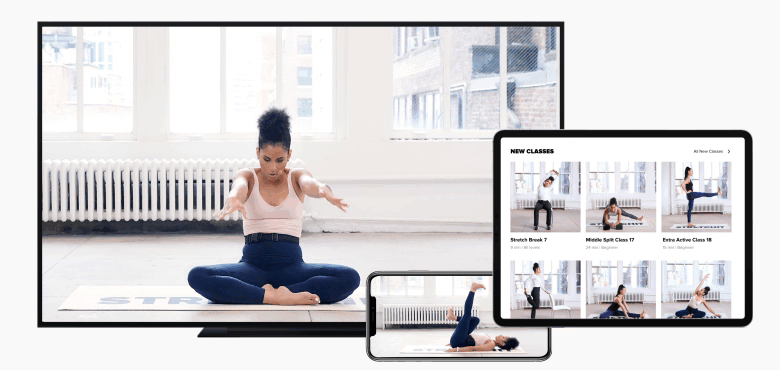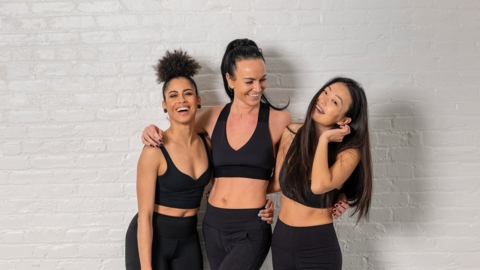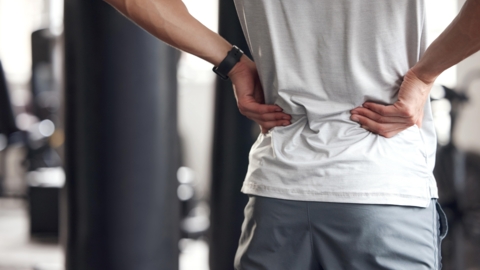Why Knees Are So Complex (and How to Support Them in Stretching)
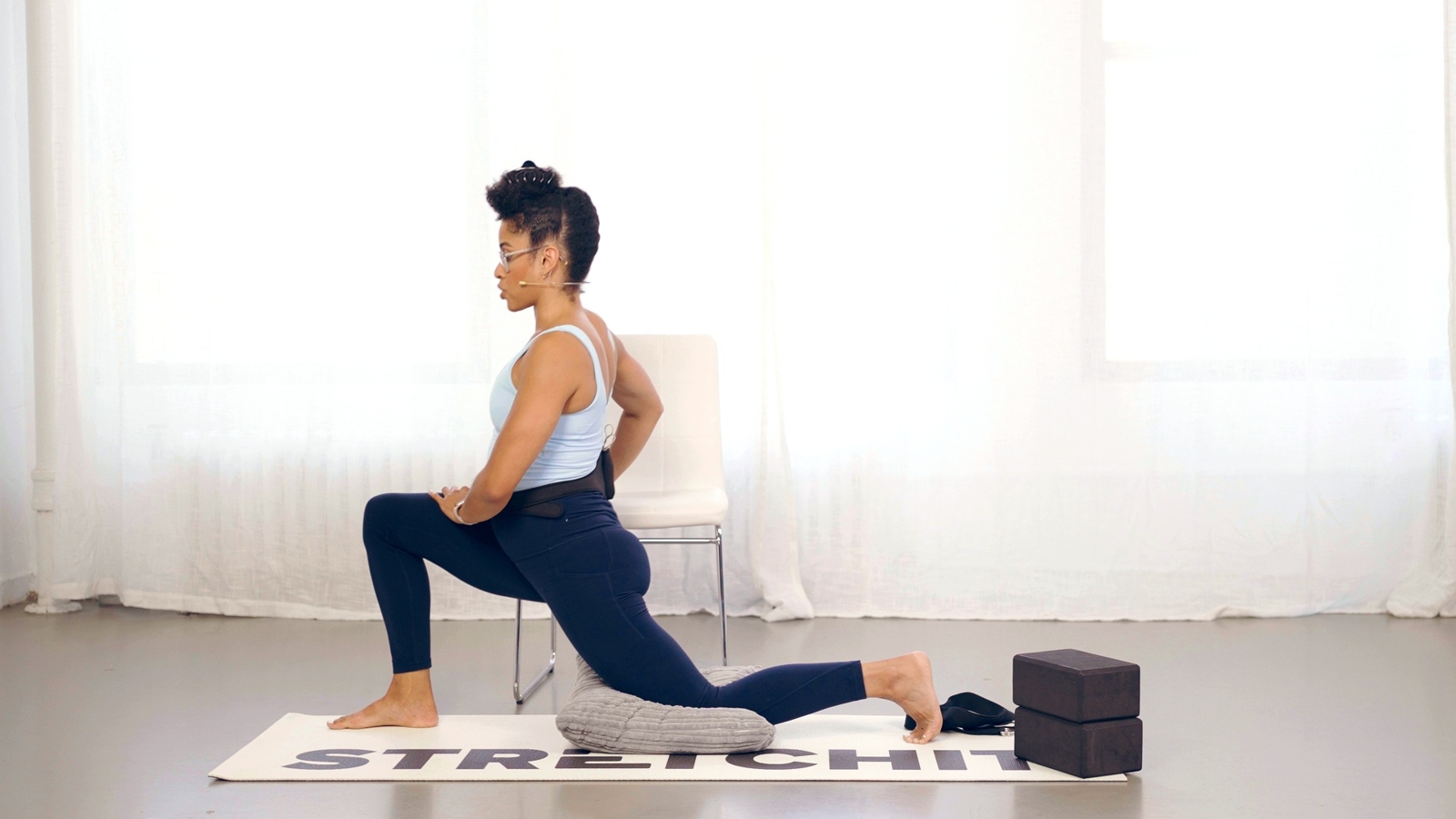
Your knees do a lot of heavy lifting. They carry you when you walk, run, squat, and stretch — yet many people don’t realize just how complex these joints really are. Unlike your hips, which are ball-and-socket joints, your knees are hinge joints with added twists and turns. They connect the femur (thigh bone) to the tibia (shin bone), supported by cartilage, ligaments, tendons, and muscles. Because of this intricate structure, the knee is both powerful and vulnerable at the same time.
Why Knees Are So Complex
The knee joint isn’t just a simple hinge that bends and straightens. It also allows slight rotation and sliding to keep you stable in movement. To make that possible, the knee relies on:
-
Ligaments (like the ACL and MCL) to keep everything in place.
-
Cartilage to cushion the bones and absorb shock.
-
Tendons and muscles (like the quadriceps and hamstrings) to control motion.
This coordination makes the knee one of the most used — and most injury-prone — joints in the body. Even small imbalances in strength, flexibility, or alignment can create extra stress.
How to Support Your Knees in Stretching
You don’t need to avoid stretching because of knee concerns, but it’s important to approach movements mindfully. Here are a few ways to keep your knees supported:
-
Use cushioning. If your knee feels uncomfortable against the floor in a lunge or kneeling position, fold your mat or place a cushion under it.
-
Engage your quads. A slight bend in the knee and activating your quadriceps helps stabilize the joint and prevents hyperextension.
-
Work the surrounding muscles. Strong glutes, hamstrings, and calves reduce unnecessary strain on the knee.
-
Prioritize alignment. In lunges and squats, check that your knee tracks in line with your toes rather than caving inward or rolling outward.
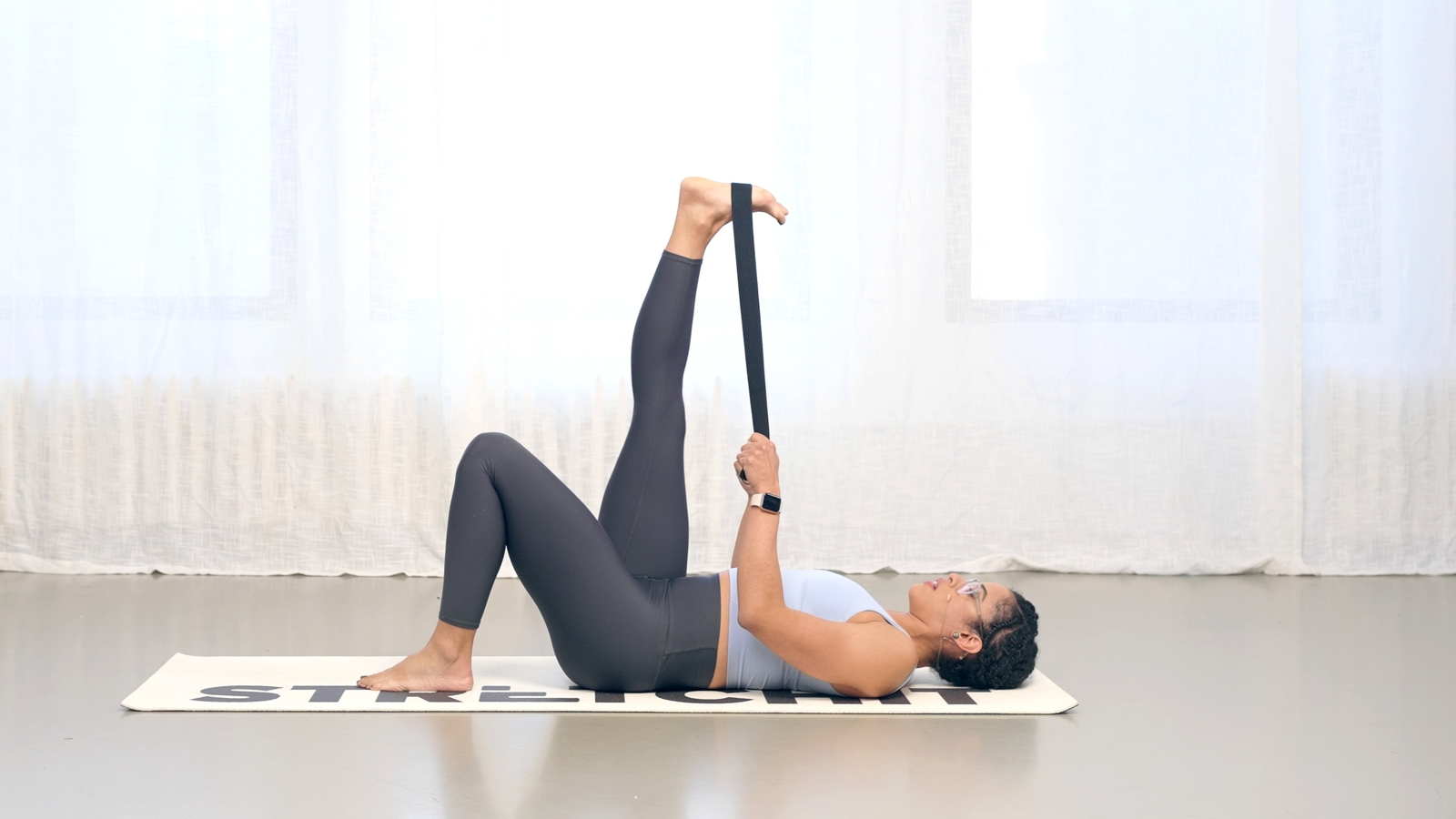
Gentle Movements to Support Knee Health
If your knees feel good and pain-free, try these simple moves to build strength and flexibility around the joint:
-
Supported Low Lunge (with cushion): Opens the hip flexors while keeping the back knee padded.
-
Seated Quad Engagement: Sit with legs straight, gently press the back of your knee toward the floor to activate the quads.
-
Hamstring Stretch (lying down with strap): Supports flexibility in the back of the leg without stressing the knee joint.
-
Glute Bridge: Strengthens the glutes and hamstrings, reducing pressure on the knees.
Want to follow along? Check out this short routine from our trainer:
The Bigger Picture
Supporting your knees isn’t just about protecting the joint — it’s about enabling you to move with confidence and ease. When your knees feel stable, you’ll notice more freedom in your hips, spine, and overall posture.
Ready to Move Smarter?
The right stretches can make all the difference in how your body feels day to day. With the STRETCHIT app, you’ll get guided classes that support not only your knees but your whole body — helping you build flexibility, mobility, and confidence in every movement. Try it today and see how much better stretching can feel.
Disclaimer: This article is for educational purposes only and is not medical advice. If you experience knee pain or discomfort, please consult a qualified healthcare provider before making changes to your routine.

